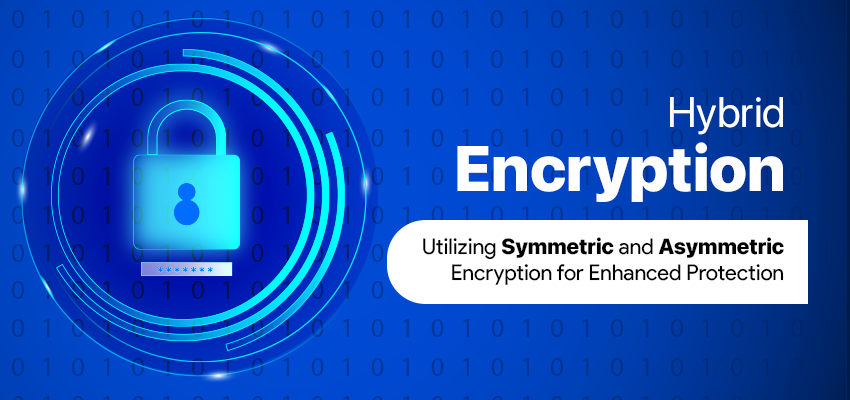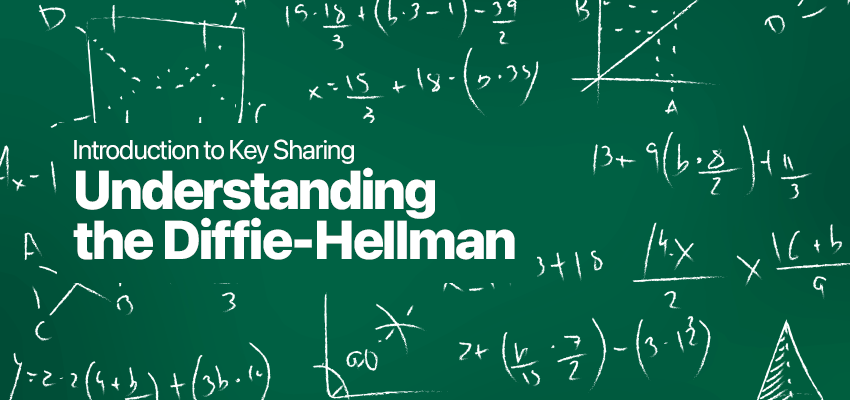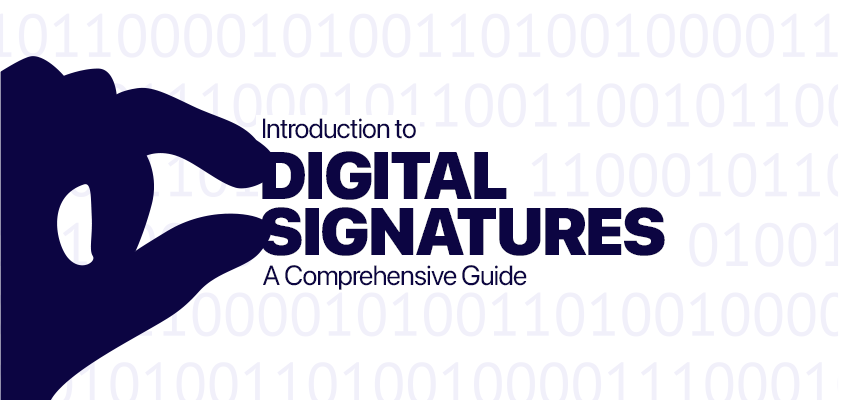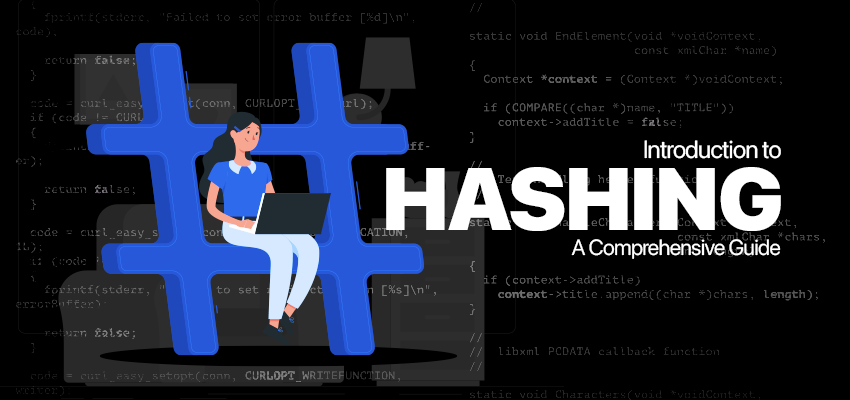The Role of Number Theory in Cryptography
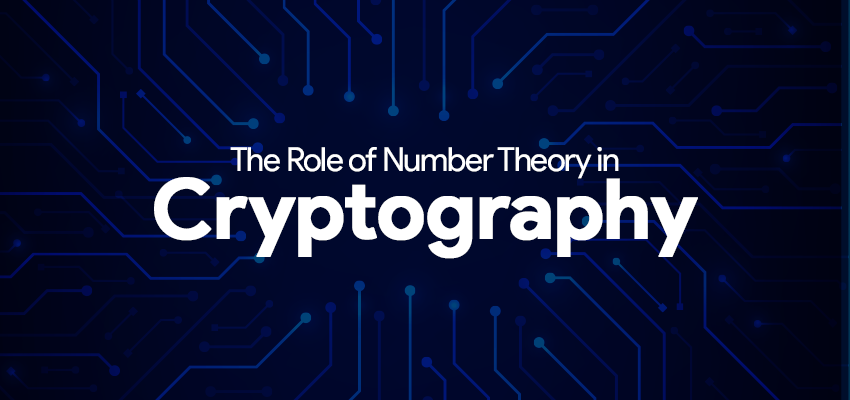
Ever thought about how your digital devices and online platforms keep your information safe? You already know, it’s Cryptography. But how does cryptography work? It's all thanks to number theory, a branch of math that supports cryptography.
This article is all about exploring how number theory and digital security are connected. It shows how prime numbers, factorization, and modular arithmetic are keys to keeping your data safe online.
Introduction to Number Theory and Cryptography
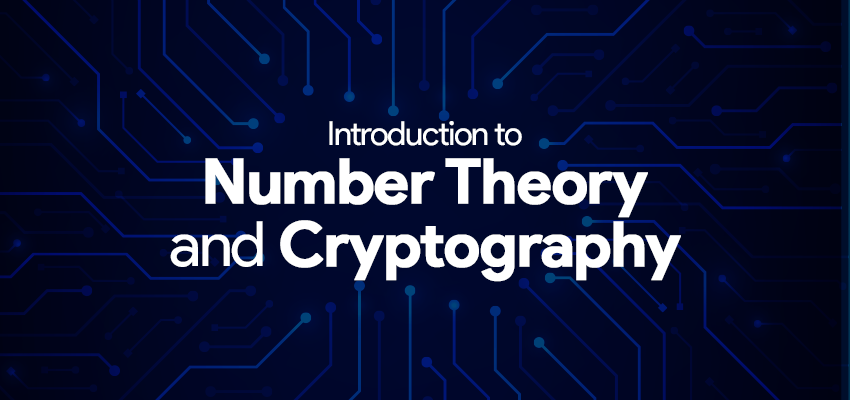
Number theory is about the properties of numbers. More technically, it’s the study of the set of positive whole numbers such as 1, 2, 3, 4, 5, …. which is also called natural numbers. Number theory is the key to making sure our online chats and data stays safe. Things like prime numbers and how numbers work together help create secure codes. These codes are used in things like secure online banking and messaging.
Importance of Number Theory in Modern Cryptography
If you read our previous articles in the cryptography series, you already know how we utilize cryptography for secure communication. They help check who you are online and keep data safe during online shopping and chats.
Knowing how numbers work is vital for making strong cryptography algorithms that keep data confidentiality safe and help with identity verification. In simple terms, the more you utilize the number theory, the more your algorithm is unbreakable.
How Everything Started?
Keeping messages a secret has been important for a long time. People made ciphers and encryption to keep information safe. The Caesar Cipher, named after Julius Caesar, is an early example. It shifts each letter in a message by a set number of places.
But, these early ciphers were easy to break using frequency analysis. This method looks at how often letters appear in text. This led to a constant battle between code makers and code breakers. Math and cryptography have evolved to make encryption stronger and more complex.
Then mathematicians started to think about how to utilize the number theory to introduce more secure algorithms. They mainly worked in the fields of prime numbers and modular arithmetics. And eventually, the most famous algorithms like RSA, DSA, and AES were born :)
Fundamental Uses of Number Theory in Cryptography
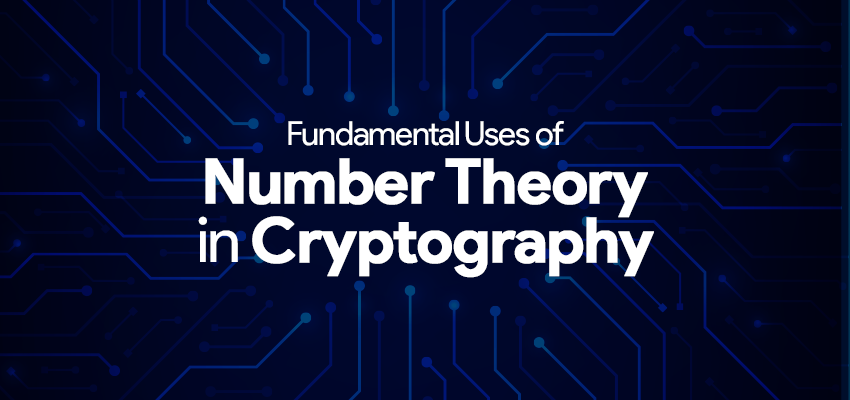
Number theory is a key part of math that looks at numbers and their relationships. It's vital in cryptography.
Useful Theories
First, let’s try to understand what concepts of number theory are used in cryptography.
Prime Numbers and Factorization
Prime numbers can only be divided by 1 and themselves. They are the basic building blocks for all other numbers. Finding the prime factors of large numbers is hard, known as the prime number factorization problem.
This challenge is used in cryptography, like the RSA encryption. It makes sure messages and data stay safe by being hard to break.
Modular Arithmetic and Congruences
Modular arithmetic is like "clock math." It's used a lot in cryptography. Numbers are shown as their remainders when divided by a certain number.
This method lets us do math like adding and multiplying, but only within a certain range. It's key for secure online communication and transactions. Modular arithmetic can be found everywhere in cryptography.
How are They Utilized?
Number theory is key in modern cryptography. It forms the math base for many encryption methods and key exchange protocols. The RSA encryption, ECC, and the Diffie-Hellman key exchange are two big examples that use number theory.
RSA encryption is a top choice for secure data. It's an asymmetric approach. It uses the hard problem of factoring large numbers into primes. This makes RSA a strong way to keep online transactions, digital signatures, and more safe.
The Diffie-Hellman key exchange is another big use of number theory in cryptography. It lets two people share a secret key over an insecure channel. They don't need to share a secret key first. This method is based on the discrete logarithm problem. It's hard to solve, making it a secure way to set up keys in cryptosystems.
Elliptic Curve Cryptography (ECC) is a new way to keep data safe. It uses the power of number theory. This method is great for devices with limited resources, like mobiles and IoT gadgets. But it’s a little bit different from the other two examples.
ECC's strength comes from solving the elliptic curve discrete logarithm problem. This challenge is harder than the old discrete logarithm problem. So, ECC can be just as secure as RSA but with much smaller keys.
Bottomline
Number theory is the key to making modern cryptography work. It gives the math needed for secure ways to send messages and protect data. Things like prime numbers and modular math are used in algorithms like RSA and Diffie-Hellman.
The link between number theory and cryptography shows how important math is for data security.
Happy Reading :)
![Symmetric vs Asymmetric Encryption [Part 01]: Understanding the Differences](https://codimite.ai/wp-content/uploads/Blog-cover-26.png)
 27 May 2024
27 May 2024 ![Symmetric vs Asymmetric Encryption [Part 02]: Understanding the Differences](https://codimite.ai/wp-content/uploads/Blog-cover-22.png)
